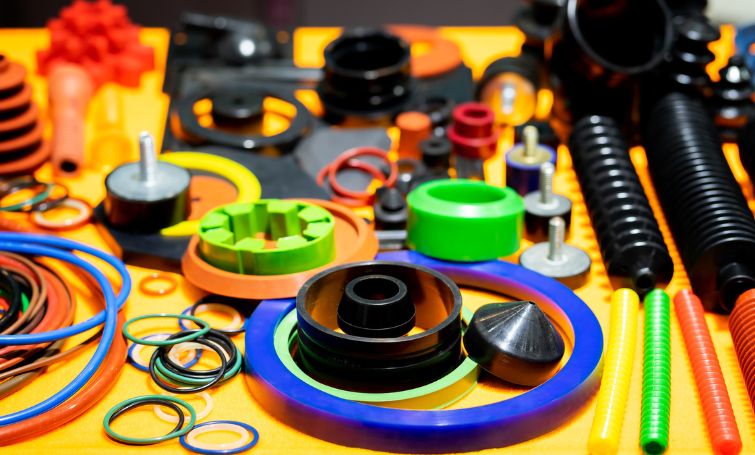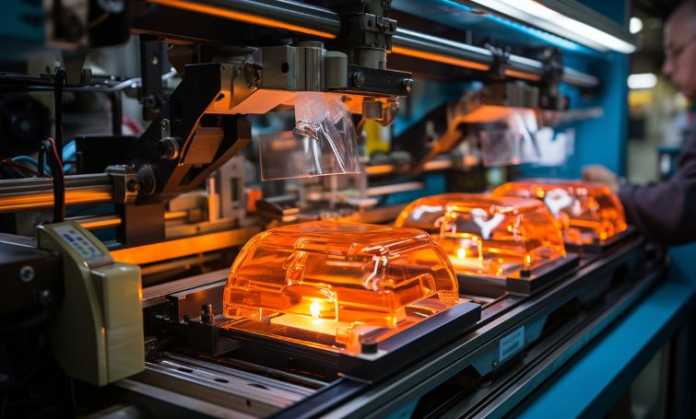In the realm of manufacturing, few processes have had as profound an impact as plastic injection molding. From automotive to consumer electronics, medical devices to household appliances, plastic injection molding has become the backbone of modern industry. Its versatility, efficiency, and cost-effectiveness have revolutionized how products are designed, produced, and brought to market.
The Evolution of Plastic Injection Molding
Plastic injection molding, pioneered in the mid-20th century, has evolved significantly since its inception. Initially used for producing simple items like buttons and combs, advancements in materials science, machinery, and computer-aided design have expanded its capabilities exponentially.
Moreover, the advent of custom plastic injection molding has further revolutionized the industry, creating highly specialized and unique products tailored to specific needs and requirements.
This manufacturing process involves injecting molten plastic material into a mold cavity where it solidifies to form the desired part or product. This process allows for producing complex shapes with high precision and repeatability, making it ideal for mass production. Its significance lies not only in its widespread adoption but also in its transformative impact on various industries.

In this section, we’ll explore eight ways plastic injection molding is transforming industries across the globe.
1. Cost Efficiency
One primary way plastic injection molding transforms industries is through cost efficiency. Manufacturers can significantly reduce production costs by leveraging economies of scale and automation. Unlike traditional manufacturing methods, such as machining or casting, injection molding requires minimal post-processing, saving time and labor.
Companies can produce large quantities of parts with minimal material waste, leading to substantial cost savings in the long run. For example, automotive manufacturers have embraced plastic injection molding to produce lightweight yet durable components at a fraction of the cost of traditional metal parts.
In addition, initial tooling costs for injection molding can be expensive. Still, the molds’ longevity and ability to produce high volumes of parts over extended periods make it cost-efficient over the lang haul. For example, molds used for producing plastic bottle caps can endure millions of cycles in the packaging industry, amortizing the initial tooling investment over many parts, thus reducing the per-unit cost.
2. Design Flexibility
Plastic injection molding offers unparalleled design flexibility, allowing engineers to create intricate shapes and features that would be impossible with other manufacturing techniques. From complex geometries to fine details, injection molding enables designers to push the boundaries of what’s possible.
Moreover, advancements in computer-aided design (CAD) software have further enhanced this flexibility, enabling designers to iterate quickly and easily refine their designs. This versatility has fueled innovation across industries, from aerospace to consumer goods, leading to the development of products that were once thought impractical or unattainable.
3. Faster Time-to-Market
In today’s fast-paced market, speed is of the essence. Plastic injection molding offers unparalleled speed and agility, enabling companies to bring products to market faster than ever before. With rapid prototyping capabilities and streamlined production processes, manufacturers can iterate quickly and respond to real-time market demands.
The accelerated time-to-market gives companies a competitive edge and allows them to capitalize on emerging trends and opportunities more effectively. For instance, electronics companies can rapidly prototype and test new product designs, reducing the time it takes to launch new products and stay ahead of the competition.
4. Sustainability
In an increasingly environmentally aware society, sustainability is a top priority for both businesses and consumers. Plastic injection molding is crucial in driving sustainability across industries by enabling the use of recycled materials, reducing material waste, and improving energy efficiency.
Companies can diminish their environmental impact and contribute to a more sustainable future by integrating recycled plastics into their manufacturing operations.
Furthermore, the inherent efficiency of injection molding minimizes material waste, as residual material can often be recycled or reused. This focus on sustainability benefits the environment and enhances brand reputation and customer loyalty.
5. Quality and Consistency
Quality is paramount in manufacturing, and plastic injection molding delivers consistent, high-quality parts with exceptional precision. Unlike traditional manufacturing methods, which may result in variations from part to part, injection molding ensures uniformity and consistency across production runs. This consistency improves product performance and enhances customer satisfaction and brand reputation.
Industries such as medical device manufacturing rely on the precision and reliability of injection molding to meet strict regulatory standards and deliver safe, reliable products to patients worldwide.
6. Versatility in Material Selection
Another key advantage of plastic injection molding is its versatility in material selection. Manufacturers can tailor material properties to meet specific performance requirements with a wide range of thermoplastics and thermosetting polymers available.
Whether it’s high strength, chemical resistance, or thermal stability, there’s a material suited for every application. This flexibility has enabled injection molding to penetrate diverse industries, from healthcare to aerospace, by offering solutions that address unique challenges and demands.
7. Automation and Industry 4.0 Integration
Integrating automation and Industry 4.0 technologies has further enhanced plastic injection molding capabilities, leading to increased efficiency, productivity, and cost savings.
Automated systems can perform tasks such as mold loading, part ejection, and quality inspection with precision and consistency, reducing the need for manual intervention and minimizing errors. Moreover, connectivity and data analytics allow manufacturers to monitor and optimize their processes in real time, leading to continuous improvement and innovation.
This convergence of digital technologies and manufacturing processes is ushering in a new era of smart manufacturing, where machines and systems work together seamlessly to drive efficiency and competitiveness.
8. Market Expansion and Innovation
Plastic injection molding has unlocked fresh markets and avenues for enterprises of varying scales, ranging from startups to global conglomerates.
Its affordability and versatility have democratized manufacturing, enabling entrepreneurs and innovators to bring their ideas to life without needing significant upfront investment. This accessibility has fueled a wave of innovation across industries, developing new products, materials, and applications.
From 3D printing startups to medical device companies, injection molding has become the go-to manufacturing method for turning ideas into reality and disrupting traditional markets.
Key Takeaways
Plastic injection molding is transforming industries in myriad ways, from cost efficiency and design flexibility to sustainability and innovation. Its ability to manufacture high-quality parts at scale, with speed and precision, has made it indispensable in today’s manufacturing landscape. As technology advances and new materials and processes emerge, plastic injection molding will continue to play a central role in shaping the industry’s future and driving economic growth and prosperity.



























